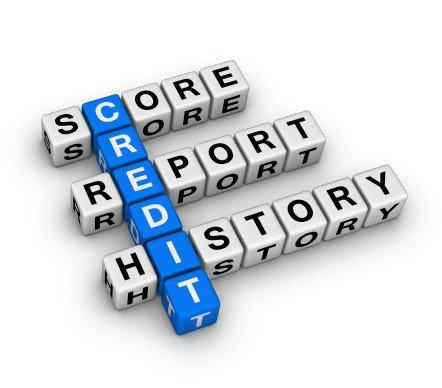The higher your credit score, the lower your interest rate. So a good credit score means you pay less for the money you borrow. But “good” or “good enough” can mean different things to different lenders
I’m Adam Levin and this is the Wall Street Journal Credit Minute.
Most credit scores – including the FICO score and the latest version of VantageScore – are on a scale of 301 to 850. Within that range there are different categories, from bad to excellent. Here are the general ranges.
Credit Score Ranges
Excellent is 750 or more
Good is 700 to 749
Fair is 650 to 699
Poor is 600 to 649
And Bad is anything Below 599
But, these aren’t set in stone because lenders often have their own definitions of what’s a good credit score. Some banks might approve applicants with credit scores of 680 or higher. Others that are more selective may only approve those with scores of 750 or above. Still others might be willing offer credit to applicants with scores of 650, but they’ll charge much higher interest rates.
You can’t assume your score is good because you’ve always paid your bills on time. Other factors contribute to your score. Like the amount of available credit you’re using, the age of your credit history, the mix of your accounts and how frequently you apply for credit.
The only way to know if you have a good score is to check. Come to sites like Credit.com for two free scores that are updated monthly and an explanation of why they are what they are.
I’m Adam Levin and this is the Wall Street Journal Credit Minute.
An audio version of this story was originally broadcast as part of The Credit Minute series on the Wall Street Journal Radio Network. Listen to it and more here.










